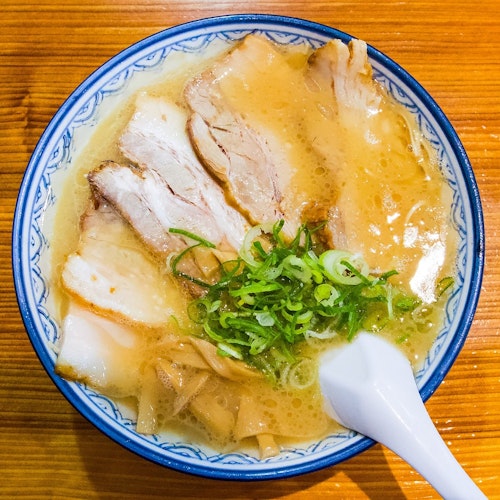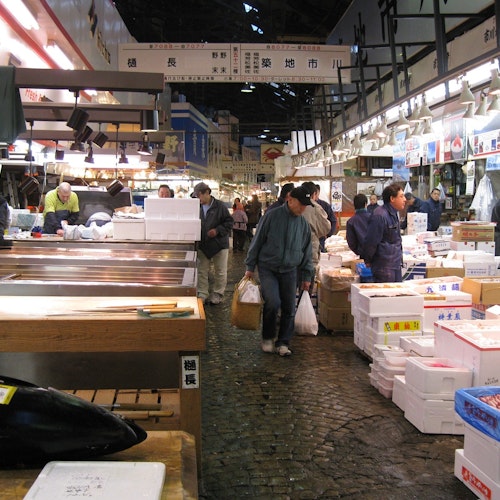Osaka Transportation: Best Ways to Get Around the City

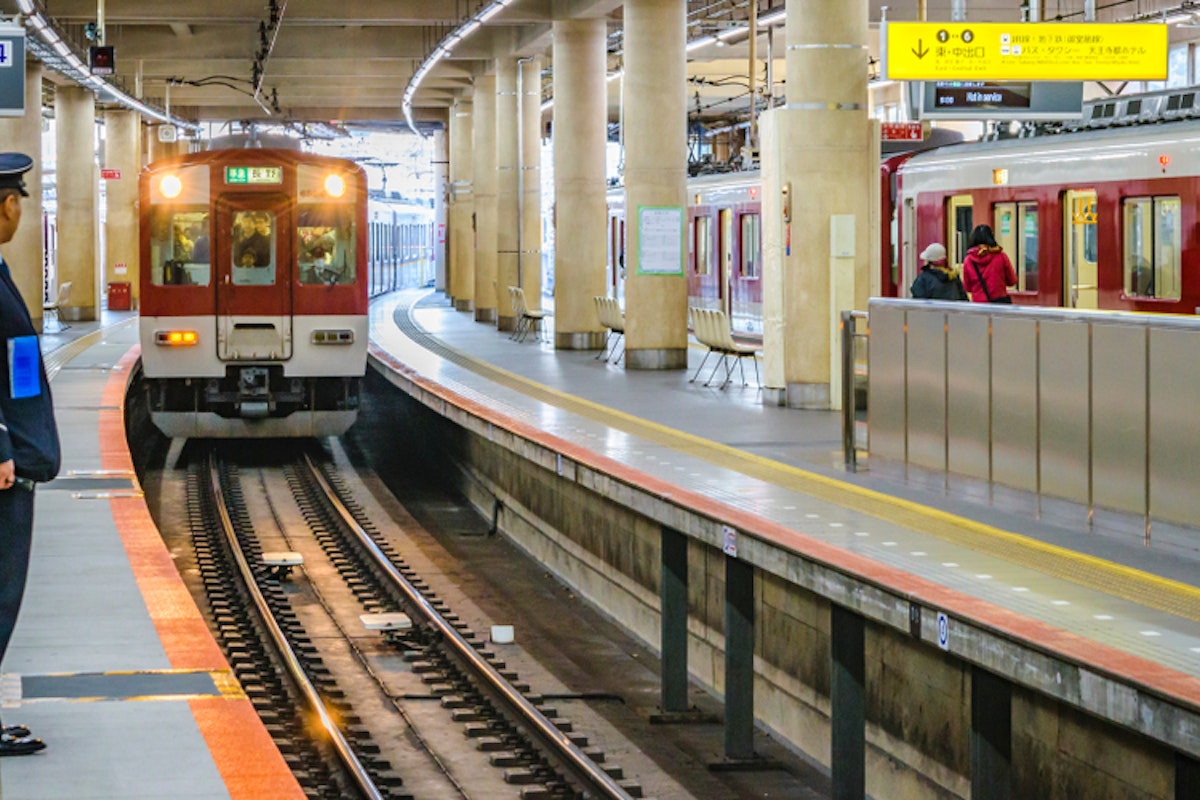
Osaka, the third largest city in Japan, boasts an intricate and efficient transportation system that is a marvel to both locals and tourists alike. With its vast network of trains, subways, buses, and even bicycles, navigating this bustling metropolis is a breeze. Each mode of transit offers a unique perspective of the city, from the high-speed Shinkansen bullet trains that whisk you across long distances, to the slower-paced city buses that allow you to absorb every detail of Osaka's vibrant streets.
In this blog post, we will delve into the intricacies of Osaka's transportation system, providing you with the best ways to get around and experience all that this dynamic city has to offer.
Trains: The Heart of Osaka's Transit
Osaka's train system forms the backbone of the city's transportation, offering a fast and reliable way to reach a wide range of destinations within and beyond the city limits. Understanding the nuances of this system can significantly enhance your travel experience in Osaka.
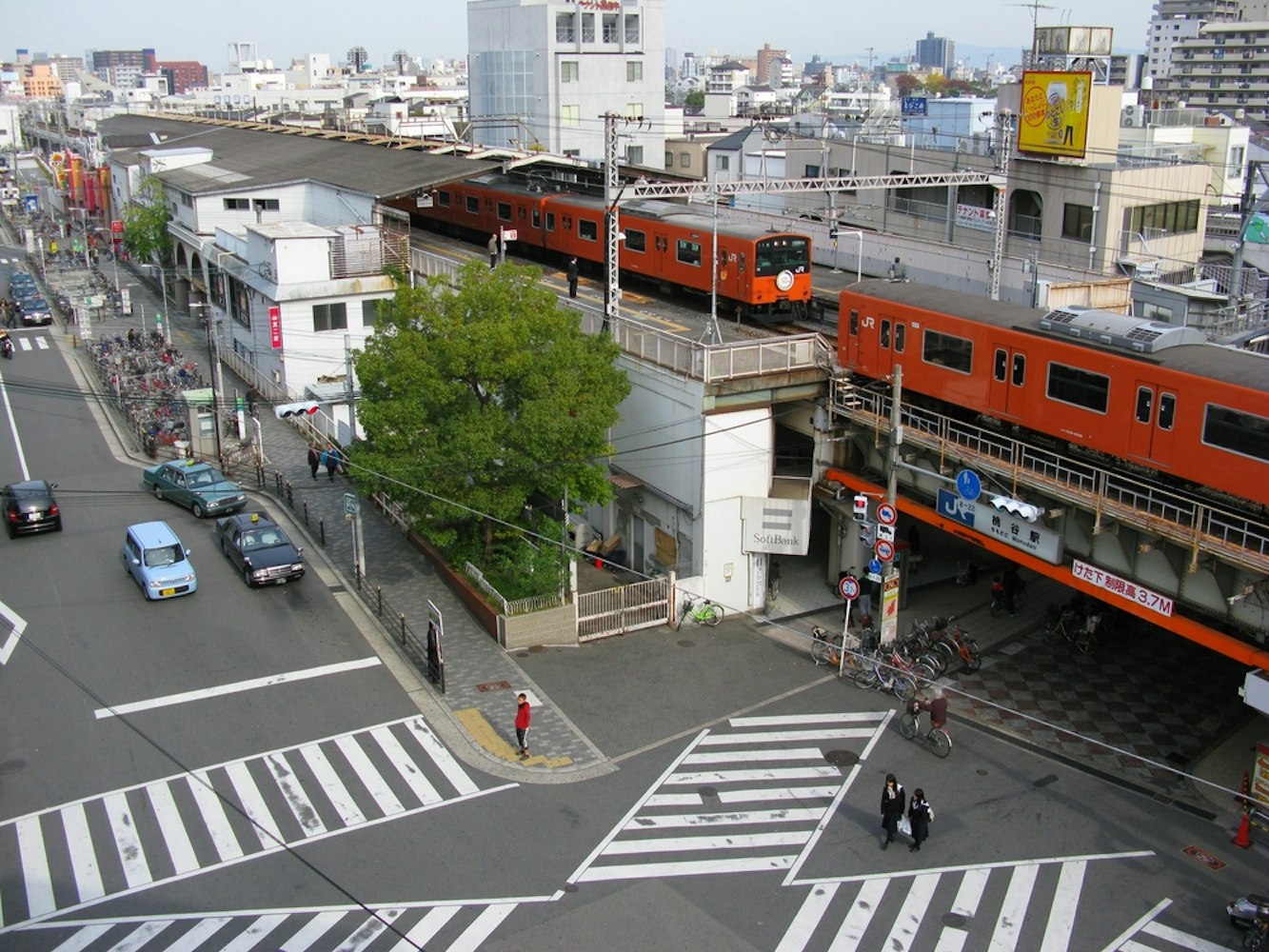
JR Osaka Loop Line: Essential for Tourists
The JR Osaka Loop Line is a critical component of the city's train network, circling central Osaka and connecting major stations such as Osaka Station and Tennoji Station. It provides direct access to several key attractions, including Osaka Castle and the bustling Umeda area.
For tourists, the Loop Line is not just a convenience; it's a navigational lifeline, simplifying travel between major points of interest and offering a scenic view of the city's diverse landscapes.
Private Railways: Hankyu, Hanshin, and Kintetsu Lines
Beyond the JR lines, Osaka's transportation network is further enhanced by private railways like the Hankyu, Hanshin, and Kintetsu lines. These lines extend the reach of Osaka's transit system to neighboring cities such as Kobe, Nara, and Kyoto, making day trips from Osaka both feasible and enjoyable.
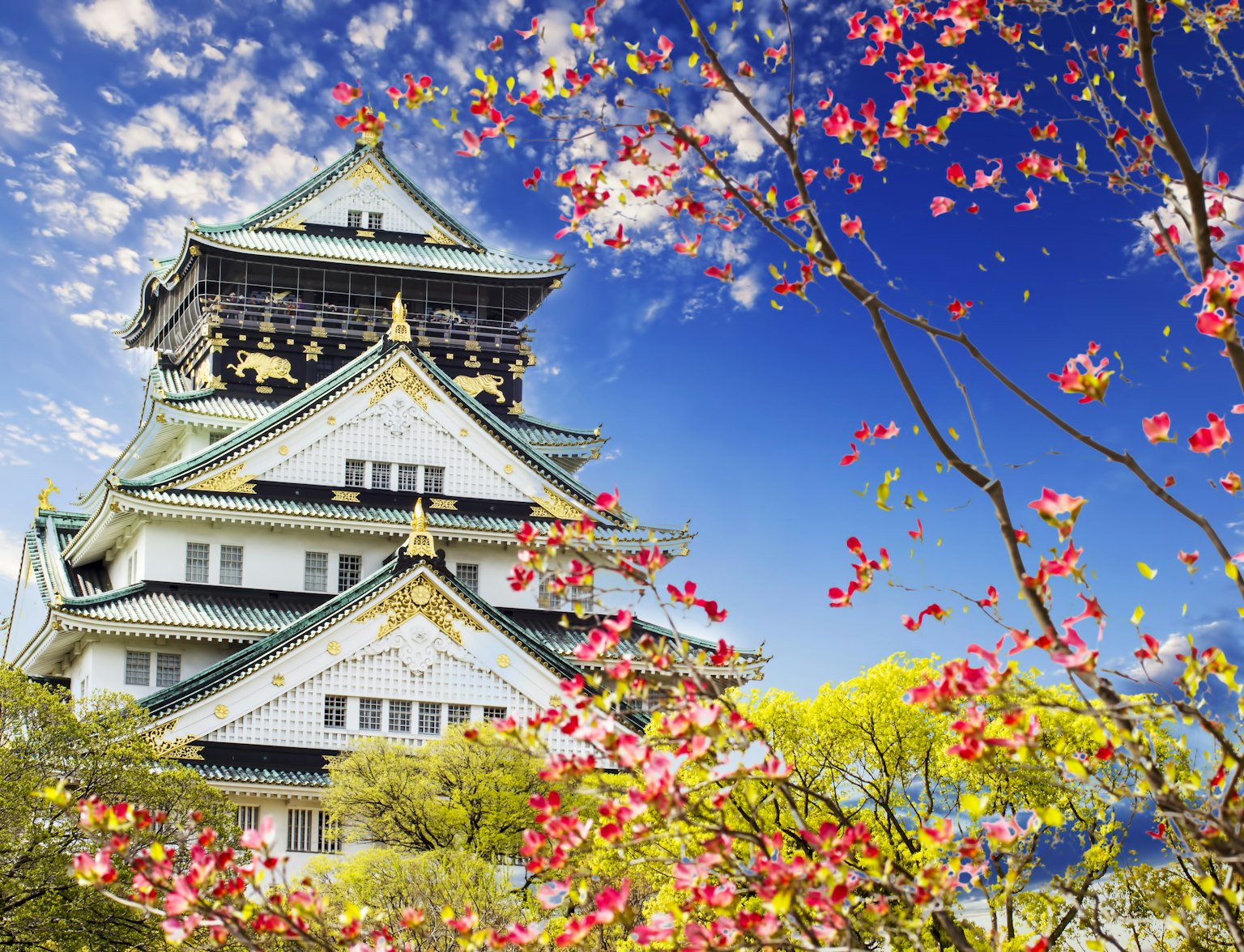
Discover the bustling charm of Osaka with the Osaka Amazing Pass!
Each line offers its unique routes and destinations, such as the Hankyu Line's access to the fashionable area of Umeda and the historic city of Kyoto, while the Hanshin Line is your gateway to the port city of Kobe. The Kintetsu Line, on the other hand, is perfect for exploring the ancient capital of Nara.
Essential Train Travel Tips
Using IC Cards: For convenience and efficiency in travel, IC cards such as ICOCA, Suica, and Pasmo are indispensable. These rechargeable cards can be used on trains, buses, and even some taxis across Osaka and other major Japanese cities.
Navigating Timetables: Train schedules in Osaka are known for their punctuality. To make the most of your time, familiarize yourself with the timetables available at stations, through official apps, or on transit websites.
Avoiding Rush Hours: Like any major city, Osaka's trains can get crowded during rush hours, typically from 7:30 to 9:30 in the morning and 5:00 to 7:00 in the evening on weekdays. If possible, plan your travel outside these times for a more comfortable journey.
Osaka Subway System for Efficient City Navigation
The Osaka Subway System, operated by Osaka Metro, is a highly efficient and convenient transportation network for navigating the bustling city of Osaka. With nine distinct lines connecting major districts, tourist sites, shopping centers, and residential areas, it offers reliable service from early morning till midnight.
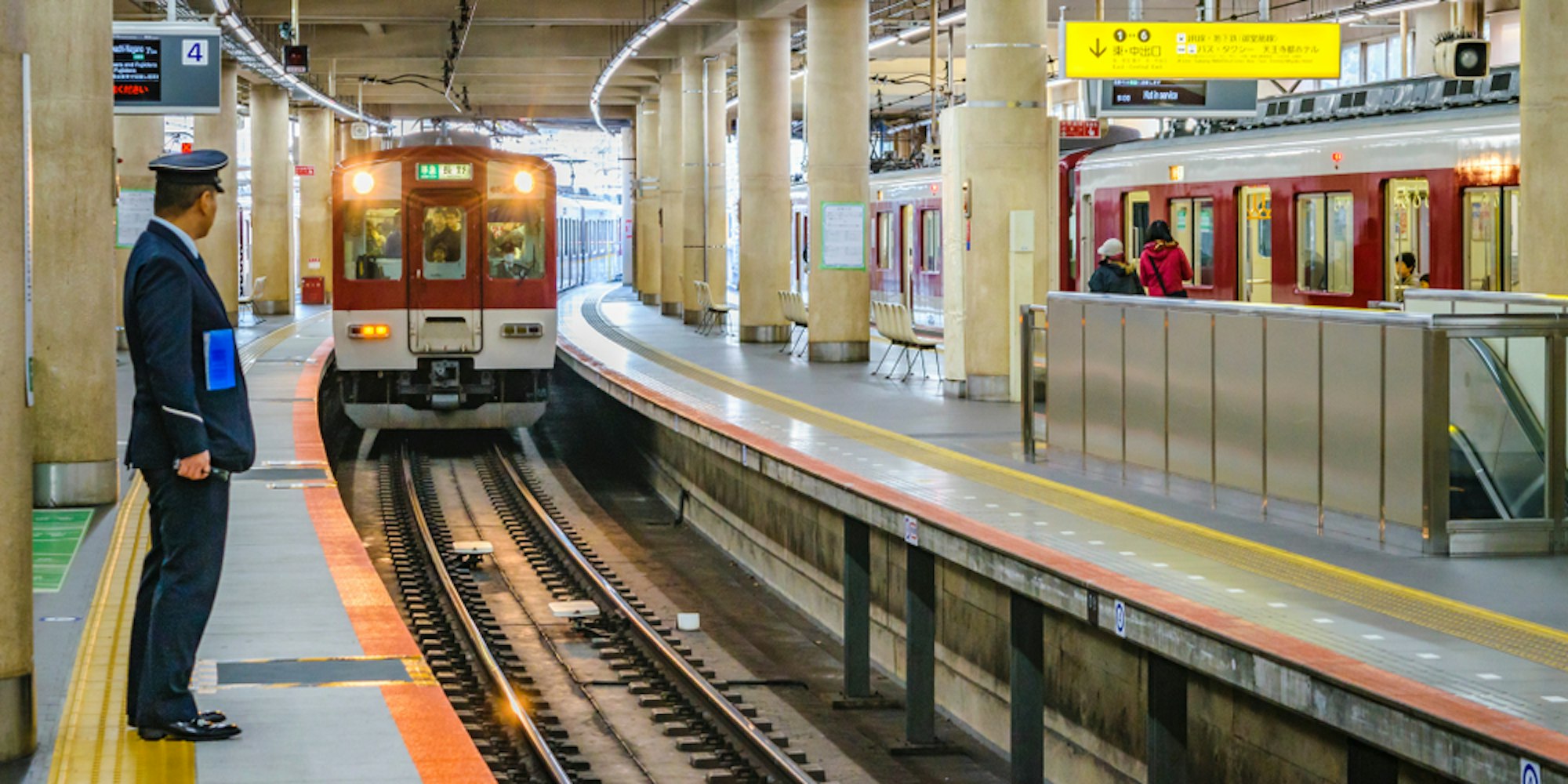
The system is user-friendly with frequent trains, clean facilities, clear English signage, and stations equipped with various amenities. Each station uniquely reflects the character of its neighborhood, offering a cultural experience beyond just transportation.
Key Osaka Metro Lines for Tourists
Midosuji Line connects major districts such as Shin-Osaka, Umeda, Shinsaibashi, Namba, and Tennoji, serving as the main artery for travelers keen on exploring the city's commercial and cultural hubs.
Chuo Line is the direct route to Osaka Castle and the Kaiyukan Aquarium, making it a favorite for those interested in history and marine life.
Tanimachi Line offers access to the historical ambiance around Osaka Castle, linking areas steeped in tradition and local charm.
City Buses: Covering Every Corner of Osaka
Osaka's city buses provide an extensive transportation network that reaches corners of the city not covered by the subway system. This intricate system ensures that every nook and cranny of Osaka is accessible to both locals and tourists. The buses display route information in both Japanese and English and many also announce stops in English, making it easier for non-Japanese speakers to navigate their journey.
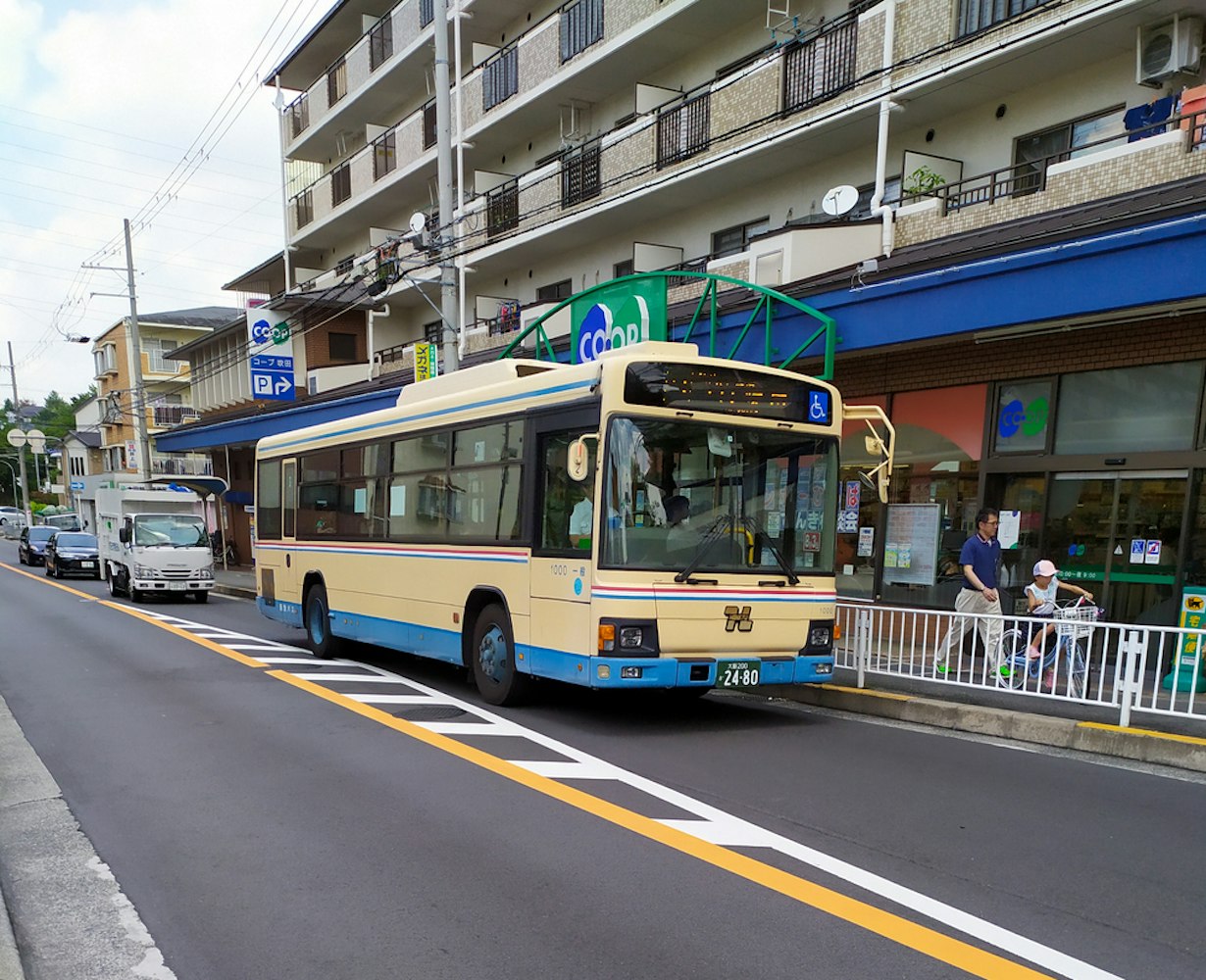
Fares are paid upon alighting and exact change is required, but regular users can opt for prepaid IC cards like ICOCA or SUICA. Besides their practical use, some routes offer beautiful scenic views, such as the Osaka City Bus Loop Line and the bus to Mount Rokko. Whether you're commuting or sightseeing, Osaka's city buses offer a unique and comprehensive way to experience the city.
Taxis in Osaka: Reliable but Pricey
Taxis in Osaka offer a reliable and convenient mode of transportation, especially during late hours or when direct access to specific destinations is required. While they provide comfort and personal space, taxis are considerably more expensive than public transportation options like trains and buses. They are equipped with modern amenities and usually accept both cash and credit card payments, including IC cards like ICOCA.
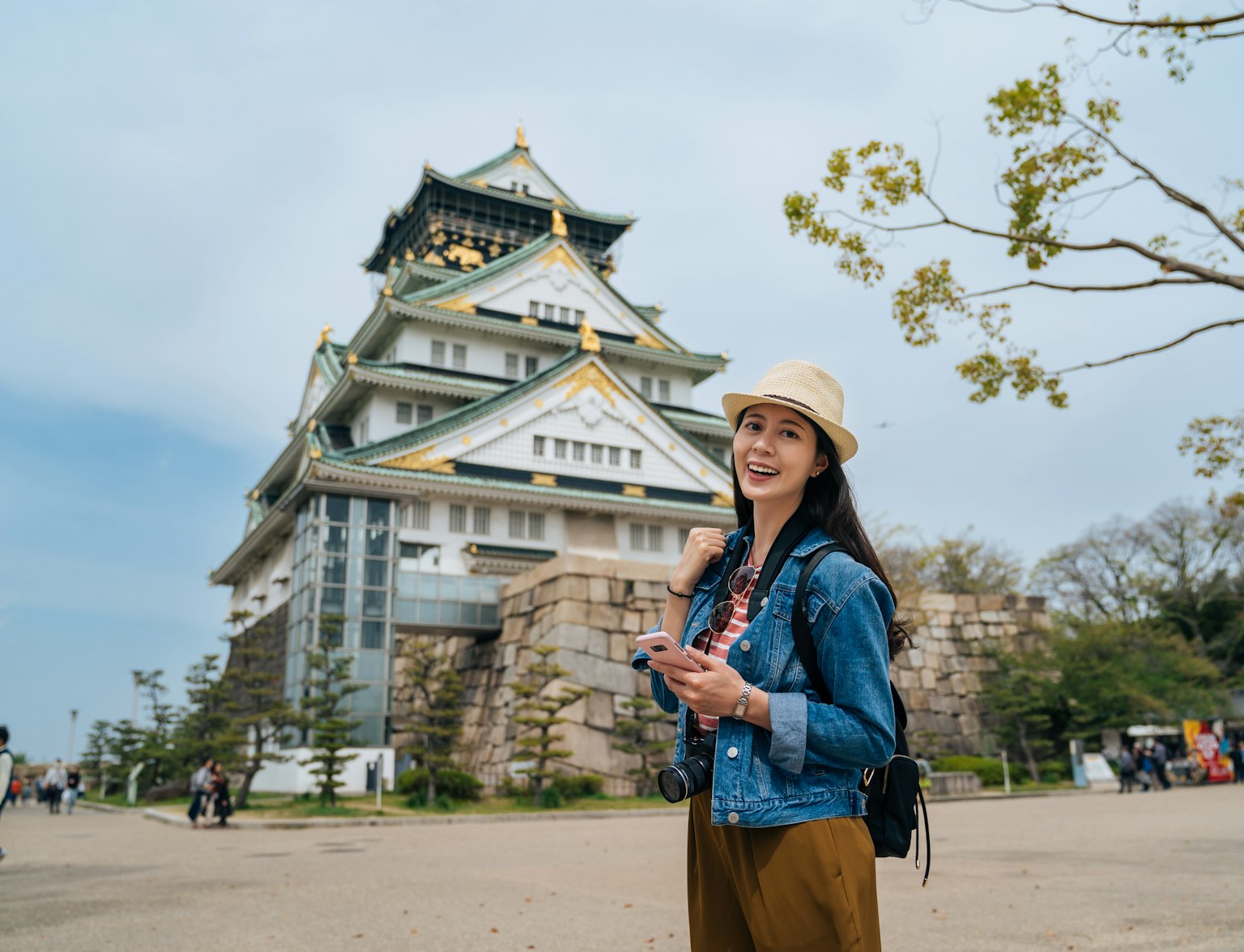
Experience the magic of Osaka with your own private guided tour!
Many taxi drivers now use translation apps to ease communication for travelers not fluent in Japanese, ensuring a smooth journey. Despite the higher cost, using taxis can be cost-effective for groups or when navigating areas less serviced by public transit, making them a valuable option for those willing to pay for the convenience and efficiency they offer.
Bicycle Rentals: A Unique Way to See Osaka
Renting a bicycle provides a unique and joyful way to explore the vibrant city of Osaka. The city is well-equipped with an extensive network of bike lanes, making it a paradise for cyclists. To rent a bicycle, you can easily find numerous rental shops across the city offering affordable rates. They often provide recommended routes that guide you through scenic spots and cultural landmarks.
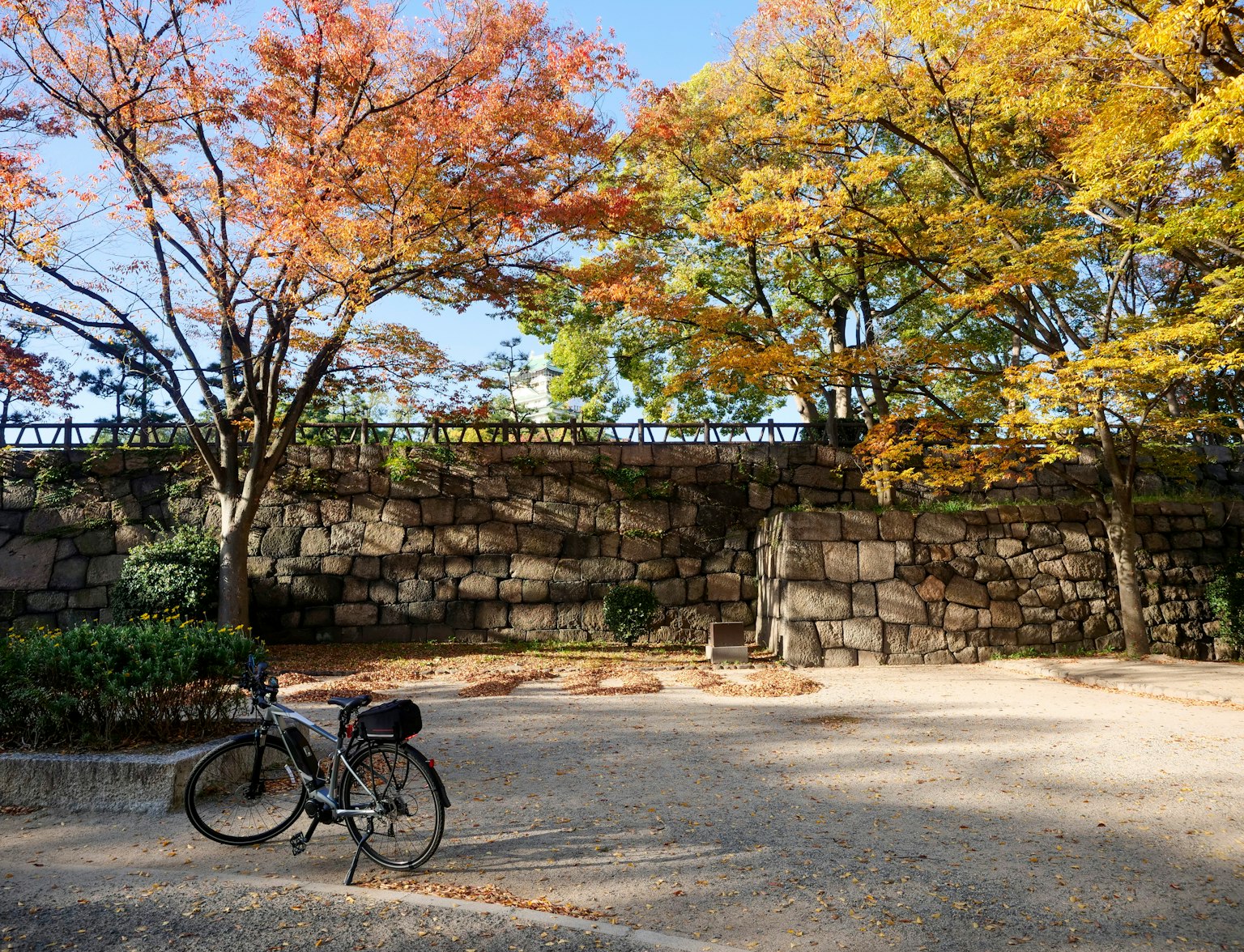
Cycle around the historic Osaka Castle and through charming local streets.
While cycling, it's crucial to adhere to safety guidelines and respect traffic rules. Parking regulations in Osaka are strict, and bicycles should only be parked in designated areas to avoid fines. All in all, cycling around Osaka offers an immersive experience, allowing you to delve deeper into the city's charm at your own pace.
Using IC Cards for Transportation in Osaka
In Osaka, leveraging IC Cards like ICOCA, Suica, and Pasmo for transportation is a game-changer for both locals and visitors, offering a seamless and hassle-free way to navigate the city's extensive public transit system. These prepaid, rechargeable cards can be used with a simple tap to access trains, subways, buses, and even some taxis, eliminating the need for cash transactions or the inconvenience of purchasing individual tickets for each journey.
Beyond their primary use in transportation, these cards also serve as electronic money for small purchases at convenience stores, vending machines, and other participating retailers, embodying the essence of convenience and efficiency in urban mobility.
Special Passes for Tourists
Osaka Amazing Pass: Offers unlimited use of the subway, tram, and bus network within Osaka, plus free entry to numerous attractions. It's available in one or two-day variants, catering to different itineraries.
Kansai Thru Pass: Ideal for extensive explorers, this pass grants unlimited travel on most non-JR transport services across the Kansai region, including subways, private railways, and buses in Osaka, Kyoto, Kobe, and more. It's a flexible option for those looking to venture beyond the city limits.
Navigating Osaka: Your Gateway to Discovery
As we wrap up our journey through the dynamic transportation landscape of Osaka, it's clear that the city offers a myriad of options to get around, from the efficient subway lines and JR trains to the leisurely river cruises and rental bikes. With an IC Card or Japan Rail Pass in your pocket, navigating the city becomes a breeze, whether you're headed to Universal Studios Japan, the Osaka Castle area, or simply exploring the city centre.
So, whether you're visiting Osaka for the first time or returning to rediscover its charm, embrace the city's lively streets, bustling stations, and scenic routes as part of your unforgettable Japanese adventure. Safe travels!
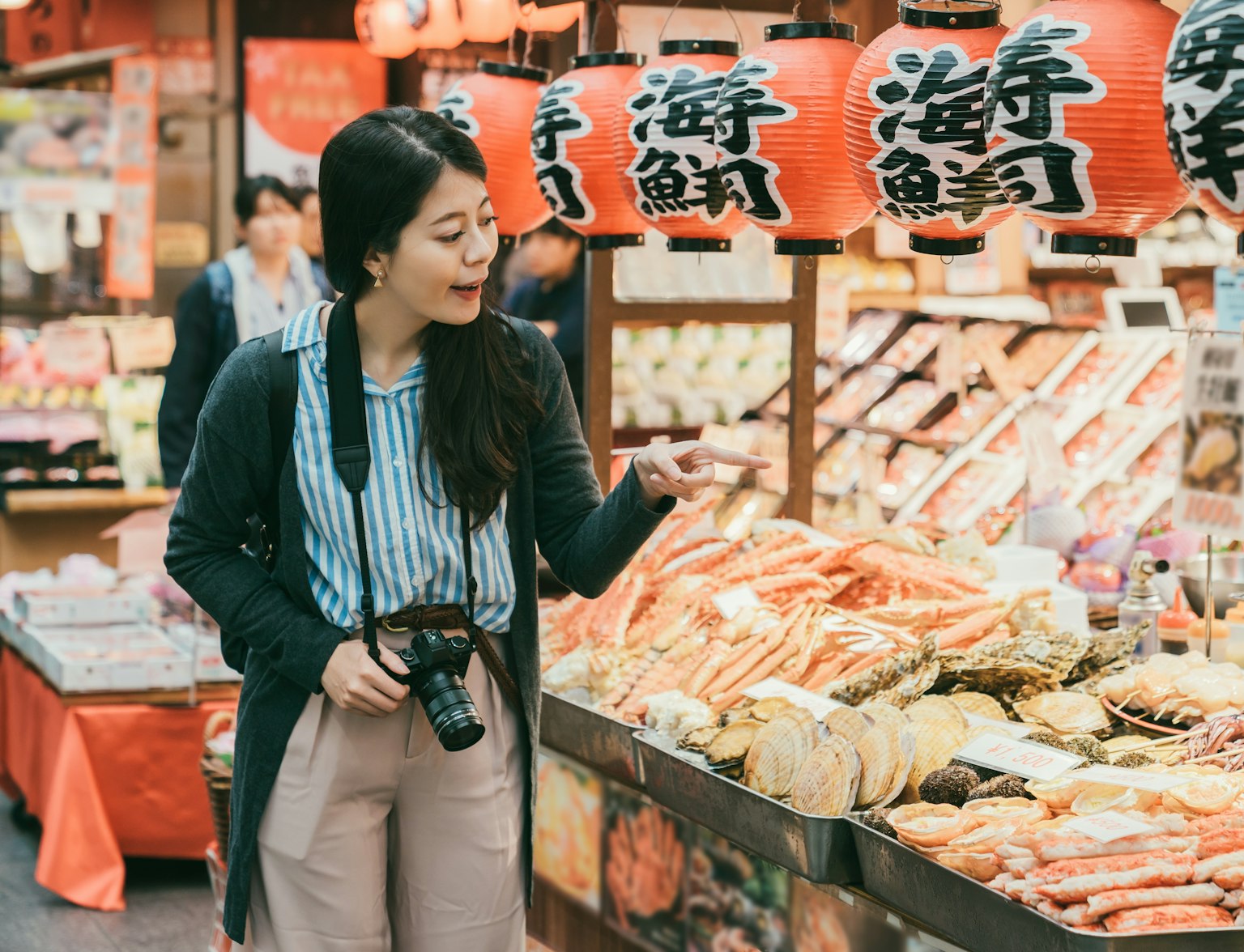
Embark on an unforgettable journey through Osaka's rich tapestry of history, culture, and flavors.
Frequently Asked Questions
What is the best way to get around Osaka?
The best way to get around Osaka is by using its extensive public transportation network, which includes subways, trains, and buses. The subway is particularly convenient for visiting major attractions and provides an efficient, timely service. For destinations outside the subway lines, JR trains and city buses fill the gaps, making it easy to navigate the city.
What transport is used in Osaka?
Osaka's public transportation system primarily consists of subways, JR (Japan Railways) trains, and buses. The city is also served by private railway lines, such as Hankyu, Hanshin, and Kintetsu, which connect Osaka to neighboring cities like Kyoto and Kobe. Additionally, taxis are widely available but are more expensive than public transport options.
How much does transportation cost in Osaka?
Transportation costs in Osaka vary depending on the distance traveled. A single subway or bus ride within the city typically costs between ¥180 and ¥300. For tourists, the Osaka Amazing Pass offers unlimited travel on subways, trams, and buses for one or two days, priced at around ¥2,700 for one day and ¥3,600 for two days, along with free entry to many attractions.
What transport card to use in Osaka?
For convenience, tourists can use the ICOCA card, a rechargeable smart card that works on subways, trains, and buses throughout Osaka and other regions in Japan. The Osaka Amazing Pass is another great option for visitors, offering unlimited travel on public transport and free entry to many attractions for a set period.
Is Osaka easy to travel around?
Yes, Osaka is easy to travel around thanks to its comprehensive and user-friendly public transportation system. English signage and announcements are common on subways and trains, making it accessible for international visitors. The city's layout is straightforward, with most attractions concentrated in central areas that are well-connected by public transport.
How many days in Osaka is enough?
Spending 2 to 3 days in Osaka is generally enough to explore the major attractions, including Osaka Castle, Dotonbori, Shinsekai, and Universal Studios Japan. If you plan to visit nearby cities like Kyoto, Nara, or Kobe, consider extending your stay to 5 to 7 days to allow for day trips and a more relaxed pace.
